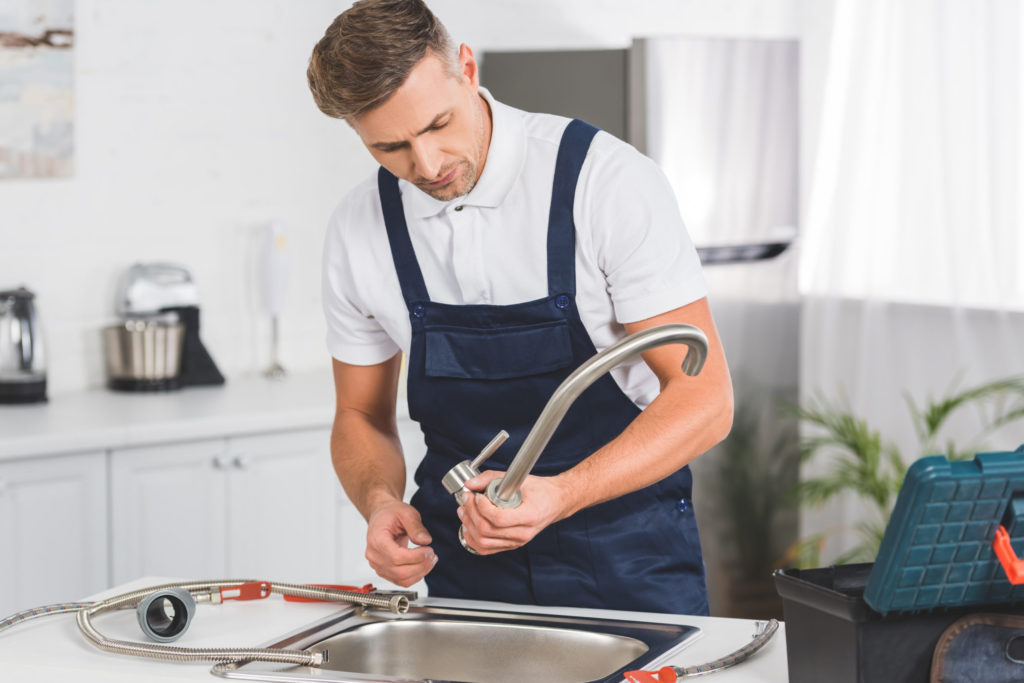If you’re looking for resources on common home and car repairs, you’ve come to the right place. In this article, we’ll provide some tips and tricks on how to get the job done right. Keep reading to learn more!
Investing in Home Warranties

When it comes to home repairs, you’re probably wondering about how much a home warranty plan covers. For example, does home warranty cover plumbing? Will it cover the full cost of a specific plumbing issue? How do you find a reliable warranty company? For starters, a home warranty is a service contract that provides coverage for certain repairs or replacements of home systems and appliances. Home warranties generally do not cover plumbing, but some policies may include limited coverage for certain types of leaks. It is important to read the terms and conditions of your policy carefully to understand what is and is not covered. Warranty differs from homeowners insurance, which typically overs structural damage due to theft or a natural disaster. A home warranty plan can provide you with peace of mind regarding everyday systems that could suffer from wear and tear over time.
Getting Paintless Dent Repair
Cars are assets and tend to hold a lot of value, especially when you’re planning to resell in the future. That’s why it’s crucial that you maintain and repair your vehicle when necessary. Paintless dent repair (PDR) is a method for repairing minor dents and dings in cars without the need to repaint the area. It is often used on hail damage, where the small dents caused by the falling ice can be repaired quickly and easily. You can find paintless dent repair in Rockwall, Texas, through Metroplex Auto Hail Repair. They’ll prioritize fixing up your vehicle to ensure that it’s always in tip-top shape. The process of PDR usually involves using a variety of tools to push and pull on the metal around the dent until it pops back into place. Specialized suction cups and hammers may also be used to help move the metal. Because no paint or filler is used, PDR is also considered a more environmentally-friendly option than traditional car repair methods.
Looking Up Engine Light Codes

There are a few ways to check engine light codes, the most common of which is pulling the code from the car’s onboard computer. This can be done with a scanner that plugs into the car’s diagnostic port or by using an app on a smartphone. Some manufacturers also offer websites where you can enter your vehicle identification number (VIN) and retrieve the codes directly. Once you have the codes, you need to decipher them. Most databases include information on what each code means and how to fix it. Many times, a simple reset of the system will clear the code and take care of the problem. However, if there is something more serious wrong with your car, it’s best to take it to a mechanic for repair.
Quick Guide to Changing a Tire
When it comes time to change a tire, the first thing you need to do is make sure that your car is in Park and that the parking brake is on. Then, use the lug wrench that came with your car to loosen each lug nut. Be careful not to strip the nut by using too much force. Once all of the lug nuts are loose, jack up the car so that the tire you’re changing is off of the ground. Take off the lug nuts and replace them with the spare tire. Lower your car back down to the ground and tighten all of the lug nuts using the lug wrench. Finally, put your hazard lights on and drive carefully to a service station for a permanent repair.
Overall, resources for common home and car repairs are essential. They can help reduce the cost and time needed to complete repairs, and they can help ensure the repairs are done correctly.



